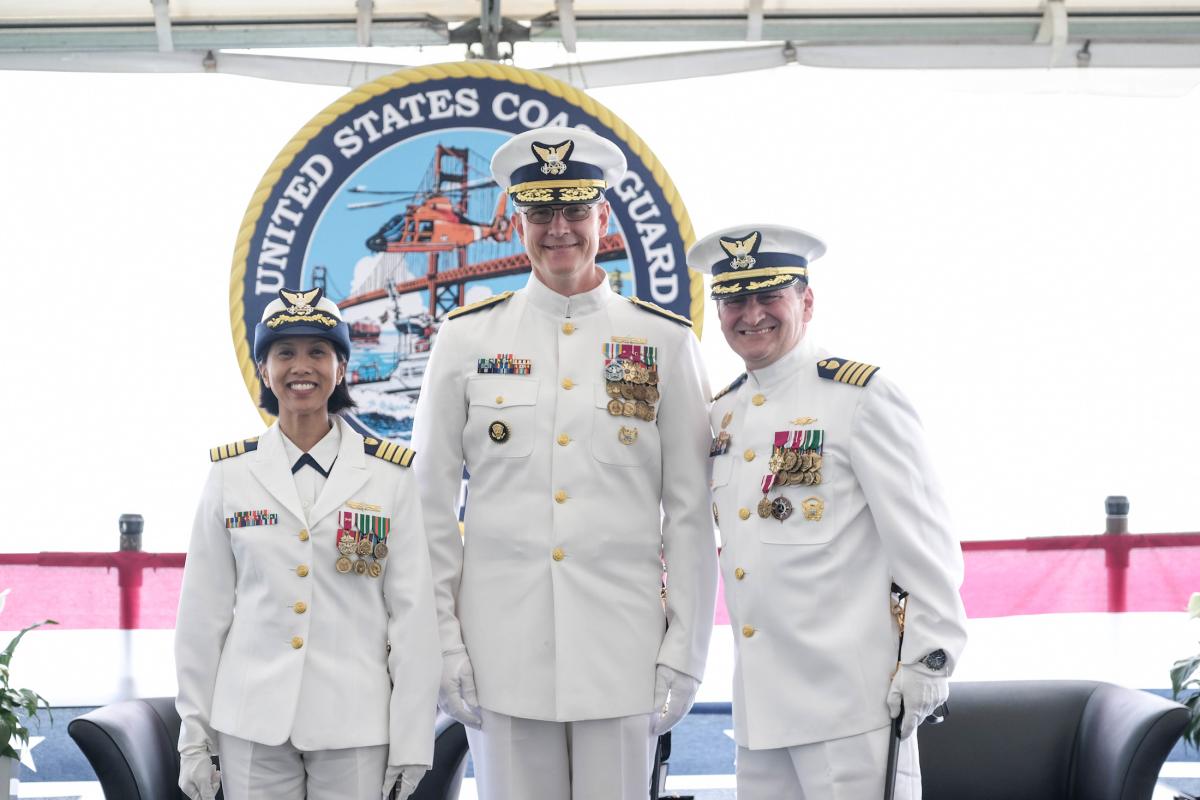While the Coast Guard performs some strategy work quite well, there are major gaps in its strategic assessment and strategy development processes that leave the organization vulnerable to the “tyranny of the present” and budget-dominated myopia. Fortunately, the organization possesses the high-level talent necessary to fill these gaps, and it already vets that talent through a robust and established process every year. Moreover, the majority of the talented individuals that go through this vetting are subsequently stationed in the same location. In short, the Coast Guard can fill the wide gaps in its enterprise strategic processes, for little to no cost, by using existing expertise and processes.
The specific nature of the Coast Guard and the complexity of the environment in which it operates offer ample reasons why strategic thinking is so important to the organization. As retired Army General Stanley McChrystal wrote in Team of Teams (Penguin Random House, 2015), “An organization’s fitness—like that of an organism—cannot be assessed in a vacuum; it is a product of compatibility with the surrounding environment.” The Coast Guard’s “compatibility with the surrounding environment” is indeed critical, but it also is inherently complicated by its multimission character, as it is at all times a law enforcement, military, regulatory, environmental response, and maritime rescue organization. The Coast Guard’s many “touch points” with its environment require it to be uniquely attuned to a wide array of outside factors. Consider, for example, the most common sources of global upheaval and how they might alter demands across the broad spectrum of Coast Guard missions: Social change or unease will affect law enforcement requirements, environmental change will impact regulatory roles, and global politics will drive security challenges that impact military missions.
But merely planning for predictable problems or continuing to scramble in reaction to threats as they arise constitutes tactical, not strategic, thinking. While necessary and effective in the field, such thinking cannot be relied on to sustain an enterprise over time. An agglomeration of short-term tactical solutions without strategic intent can and will harm the efficacy and positioning of an organization, shrink its sphere of influence, limit its ability to control its own fate, snuff out any possibility for innovation, and result in predictable behaviors that disadvantage the organization in adversarial endeavors (such as maritime law enforcement or defense operations). The Coast Guard urgently needs to instate new and robust strategic processes to retain its ability to be a multimission entity in a complex world.
A Strategic Studies Group
This call for an overhaul of Coast Guard strategic processes should not be construed as discounting the existing strategic work that takes place within the organization. Despite eliminating its Enterprise Strategy office a few years ago, the organization’s Commandant’s Advisory Group (CAG) and Deputy Commandant for Operations’ Emerging Policy Office (DCO-X) conduct important strategic work. While the CAG “reviews external trends and best practices to anticipate challenges and opportunities,” it is primarily focused on shaping messaging and engagements for the current Commandant. Despite injecting strategic thinking and assessments of the environment, the CAG’s work is oriented toward current and near-term opportunities to advance the Coast Guard’s interests—typically through the end of the current Commandant’s tenure (four years at most).
DCO-X likewise performs important enterprise strategic functions, especially through its Strategic Foresight Initiative, also known as Project Evergreen. This initiative is essentially a “futures” process designed “not to develop strategies, but to determine robust strategic needs. . . . Project Evergreen develops a comprehensive look at future needs and requirements the Coast Guard will have to meet.” This valuable process is one of the Coast Guard’s most forward-thinking and innovative enterprise strategic efforts. But by the service’s own description, it is just one input into strategic thinking, rather than a strategy production exercise: “It was never intended that Evergreen would be the strategic planning process of the Coast Guard, which should be influenced by a host of inputs.”
So, while the CAG provides strategic assessments and inputs for immediate and near-future use in senior leader engagement and messaging, Evergreen assesses what will be needed most by the organization no matter what the future might hold. This leaves a gap between the end of the current leadership tenure and the unlimited time horizon addressed by Evergreen, in which the Coast Guard has no standing body or process to evaluate the environment and craft strategies to deal with it.
There is thus a need for an entity within the Coast Guard that incorporates assessments of both short-and long-term organizational needs and challenges into concrete strategies (or strategic outlooks and analyses that can inform decision-making). However, an entirely new office with full-time staff would entail costs and billets that would have to be taken from elsewhere, and the individuals assigned would need to be carefully chosen for their strategic thinking and writing skills. To solve for these challenges, the Coast Guard should instead convene a part-time Strategic Studies Group (SSG) comprised of those officers that have recently completed senior service schools or think-tank fellow assignments.
More than 20 Coast Guard officers are selected annually—through the Senior Education and Fellowship Panel process—to serve as senior service school students or fellows at think tanks. Those selected attend programs such as the Joint Advanced Warfighting School, the Harvard Kennedy School of Government’s National Security Fellowship, and the Brookings Institution Federal Executive Fellowship. These programs are chosen because they “imbue senior leaders with strategic thinking and policy development skills needed to meet the challenges and opportunities presented in a rapidly evolving world.” After completing the programs (which typically last an academic year), officers are sent to follow-on assignments, most of which are at or near Coast Guard Headquarters in Washington.
Making part-time SSG participation a requirement for these officers in the years immediately after their senior service school or think tank experience will provide the Coast Guard with talented, vetted officers who can be assigned important strategy development work at essentially no cost. These officers will additionally be able to reach back to the staffs at the institutions they recently departed for ideas and inputs on strategy development, while incumbent Coast Guard students and fellows will be motivated to focus on topics most relevant to their future work as SSG members. And because SSG members will be selected by virtue of their education or fellowship experience and not as representatives of their Headquarters offices, there will be less incentive to advocate for a given directorate’s interests ahead of the overall strategy.
Despie being collateral in nature, the SSG could be ensured of success by aligning its production cycle to the Coast Guard’s Senior Executive Leadership conferences (SSG takes input at one conference and delivers products for review at the next), and by providing it with both designated in-person meeting times (weekly/monthly/quarterly) and a dedicated virtual workspace for unscheduled collaboration and writing.
Any strategy or strategic assessment falling between the immediate term (CAG) and unlimited time horizon (Evergreen) would be ideal for the SSG. Examples include:
- New Commandant priorities/plans
- Topic-specific strategies (similar to the cyber or Arctic strategies written by ad hoc teams in recent years)
- Assessments of the strategic environment or emerging issues
- Annual or biennial strategic reviews
- Outgoing Commandant’s tenure review (assessing changes to the strategic environment or organizational accomplishments that may warrant alterations to existing strategies)
Despite not having a standing enterprise strategy office, the Coast Guard has the tools and processes to advance strategic thinking and strategy development for the benefit of the organization. The service’s leaders can ensure their near-term decisions are oriented toward strategic ends, and that those strategic ends have in turn been developed with a clear view of long-term strategic needs. If it fails to strategically orient and align in this manner, the Coast Guard will risk losing the very characteristic that makes it so valuable—the ability to retain a consistent identity and efficacy across a broad range of ever-evolving missions.






